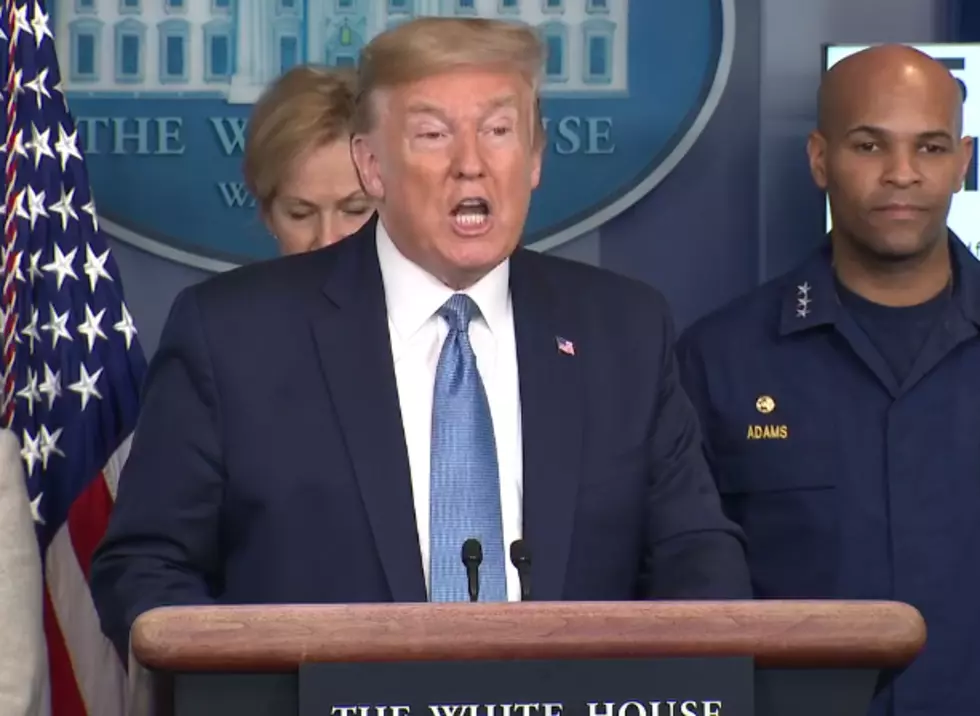
How To Spot Fake News
The term "fake news" has become a laughable cliché over the past four years. That’s frightening and sad because there’s a lot of it out there. More than 300 years ago Jonathan Swift wrote, “Falsehood flies and the truth comes limping in after it.”
Fake news represents a very real threat to our society. Despite multiple waves of deregulation over the past 30 years, broadcast media is still held to some standards of veracity. That’s not the case in social media. The Russians made extensive use of fake news during the 2016 presidential election. They fanned the flames of American divisiveness by working both sides of the street. Facebook shut down more than 300 of its accounts.
Researchers at MIT have been studying fake news since 2013. Data scientist Soroush Vosoughi said, “It seems pretty clear that false information outperforms true information, and that is not just because of bots. It might have something to do with human nature”. The study found Twitter users are 70% more likely to retweet falsehoods than accurate news.
Here are some tips on recognizing fake news:
#1: Read past the headline. Make sure you actually know what you're sharing.
#2: Check what news outlet published it. Is it a familiar outlet? The byline/link may LOOK familiar. Check the spelling.
#3: Who is the author? Have you ever heard of them?
#4: What links are used? Do you recognize the sites?
#5: Are other, well-known news outlets reporting it?
We all have opinions, myself included. It's easy to be misled by falsehoods that reinforce our preexisting beliefs, true or not.
More From 99.9 KTDY









